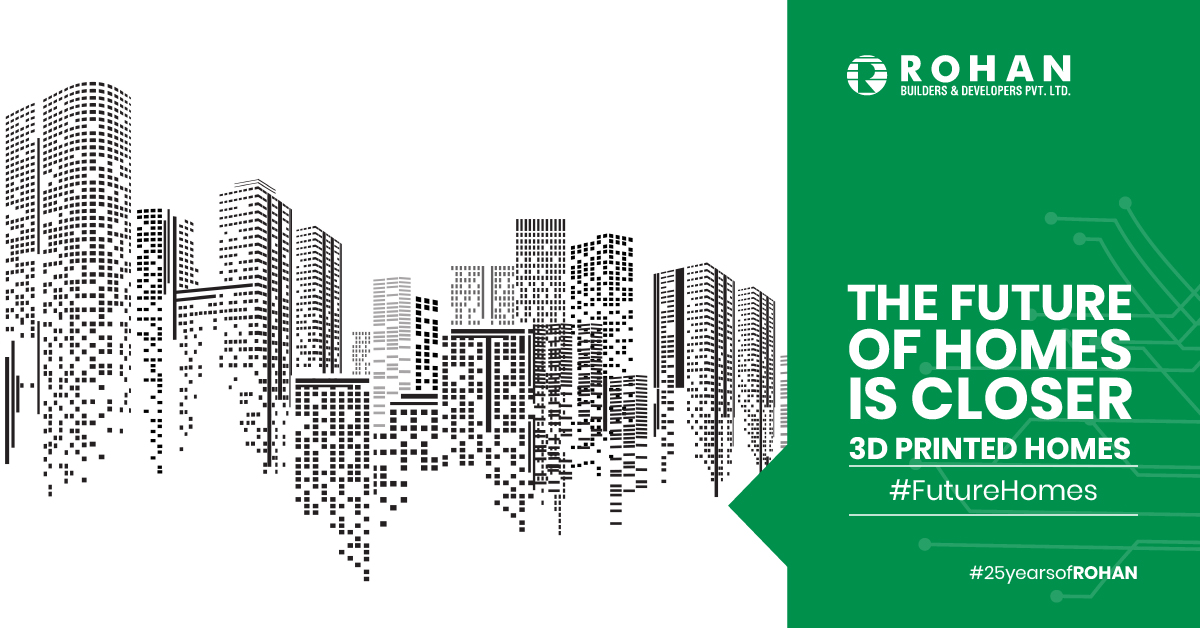Blog
What Is A Loan Subvention Scheme And How Does It Work

20 December 2017
“Own a home now, Pay later” is one of the most popular type of financial scheme floated by real estate developers to attract more buyers towards their real estate projects. Have you recently come across a marketing campaign similar to these? Do you ever wonder how they work? Real Estate Developers across the country are offering innovative finance schemes to end-use buyers and investors of property. These finance structures which come packaged with the mortgage on homes have been a big draw for all. Technically known as interest rate subvention schemes, these offers are nothing but usual mortgage finance structured to provide payment flexibility and ease burden on the buyers. The term has been derived from the latin term ‘subventus’ or “to help”.
What is Pre – Equated Monthly Installment or Pre-EMI?
Before we move into understanding interest rate subvention schemes, let us first understand what Pre-EMI is and how it is considered to be a burden on the buyers.
To purchase an under construction property in India, one has to make regular payments on the basis of the construction progress. This widely used payment plan is called as construction linked plan. A buyer/ investor has to make several frequent payments from his savings or the home loan account that he/she has availed. Those who have opted for the latter have to make monthly payments to their bank as interest on the drawn loan amount. This payment is called the Pre-EMI (Equated Monthly Installment).
The interest thus paid is “interest burden” on the property buyer who will be able to move into/ let out the purchased home unit only after sometime. Many middle class Indians buy property only once in their lifespan, thus before they become proud owners of the place they stay at they need to live in rented accommodation. For such a buyer the double whammy of interest on under construction property and rent can be troublesome.
What is interest rate subvention scheme?
A strong run up in the prices of real estate resulted in property becoming expensive across all markets. Hence, it further burdens buyers who take a mortgage to purchase a property as monthly outgo in form of bank interest.
Real estate developers and mortgage providers including banks have designed a new loan plan, whereby the buyer has to make a certain upfront payment say 10%-30% of the agreement value (in most cases) at the time of booking and then need not pay anything till offer of possession. This particular scheme is known as interest rate subvention scheme.
There are various forms of subvention schemes out there in the market, such as 10-80-10, 15-80-5, 10-70-10-10 and 30-40-30. As you can see, all of the schemes mentioned earlier are in the form of a ratio of A-B-C where A is the total amount to be paid by the buyer; B is the amount paid by the bank to the builder at various stages of construction; and C is the amount paid by the bank to the builder on offer of possession to the customer.
How does interest subvention work?
Essentially real estate developers bear the interest burden during construction of their project. They may not offer all units through this scheme. Interest subvention plans can carry different characteristics such as
- No interest to be paid till offer of possession by the buyer. The builder would completely take the interest burden until possession.
- Time bound subvention. say the developer will bear interest burden till a certain period like 2 years into development of the project.
- Developer and buyer share the interest outgo in some ratio. Once a buyer expresses his intent to purchase a property and furnishes booking amount, he has to sign up a tripartite agreement with bank and developer in which all parties agree to terms of the arrangement (in addition to all other purchase related documents including registration where it is mandatory). The buyer must really understand well the “sunset clause” i.e. when he becomes liable to bear the interest on the home loan.
Essentially a developer is accessing bank credit through a normal home loan which a consumer would avail of. Secondly the developer draws down the loan amount as per construction progress only. Only difference being that the buyer isn’t making monthly payments of Pre-EMI but the developer is. A buyer can thus treat the savings as discount offered by the developer.
What are the benefits of interest rate subvention scheme?
In an interest rate subvention scheme everyone including the buyer, bank and the builder benefits in some or the other manner.
Developer
- The scheme ensures steady flow of funding towards the project at a low risk.
- Real estate developers only pay the interest amount or the pre-EMI on behalf of the customer.
Bank
- Processing the loan for the scheme takes much less time.
- Banks attract a large number of customer base by offering compatibility with such schemes.
Customer
- The burden of paying pre-EMI along with house rent is wavered off.
- The scheme helps buyer with price appreciation during the construction period.
Should the buyer exercise caution?
Few years back Reserve Bank of India (RBI) had taken a stand against the loan subvention schemes where as the banks were aggressively extending loans to developers much ahead of the construction progress. However after RBI’s intervention such practice was put to halt and now a developer can only offer interest subvention schemes through construction linked plans.
Secondly, a buyer needs to understand the terms of the offer well. As cited above, the subvention can be time bound or milestone linked.
Thirdly, since a real estate developer is bound to make monthly Pre-EMI payments it needs to have financial strength as it is acting on “behalf of the home buyer”. If one was to carefully understand the subvention scheme he would easily conclude that the single most aspect of this scheme to succeed is the credit quality/ financial strength of the developer. If the developer was to suffer losses elsewhere (or even the same project) then the impact of that loss would affect the homebuyer and immediately put him/her at risk.

With that said, an interest subvention scheme is a win-win for – buyers, real estate developer and banks. A buyer is given a benefit/ discount in form of interest payments (can be as high as 10-20% of property value), banks and developers get more business in tough markets.
TOP Blog
Viman Nagar: The Gateway of Growth in Pune

18 June 2025
Viman Nagar used to be a calm neighbourhood that was renowned once only for being close to the Pune Ai...
Read More
More than Square Feet: What Makes a Commercial Space Truly Work

18 June 2025
Most of the time, people in commercial real estate talk about figures like square feet, carpet area, F...
Read More
What Makes a Location ‘Future-Proof’? A Look at Wagholi’s Growth Story

18 June 2025
Think about the kind of neighbourhood that is not only relevant to your current needs, but also evolve...
Read More
5 Things You Should Know About Wagholi’s Quick Growth

18 June 2025
It is not long ago Wagholi used to be known for its peaceful fringes and wide-open spaces. Now, it's q...
Read More
Why Young Professionals are Choosing Bhugaon to Settle Down

17 June 2025
As Pune's real estate market changes rapidly, Bhugaon has established itself as a prominent option for...
Read More
A Note On West Pune’s Infrastructure Developments

12 December 2022
Western Pune includes the suburbs of Baner, Aundh, Balewadi and Hinjawadi among others. Baner and Aund...
Read More
Clean Bengaluru Message by Rohan Builders Plogging Party

20 February 2019
A "Clean Bengaluru" message was unequivocally reaffirmed by Rohan Builders, sixty enthusiastic student...
Read More
Future homes – 3D printing in Construction & Real estate industry.

20 February 2019
Two events, small in bearing yet big on viable impact have occurred very recently in the construction ...
Read More
Hennur Road – The housing location of pride in north Bangalore

27 October 2017
For someone tracking the growth of the city (or megacity) of Bangalore over the years, the last two de...
Read More

 +91
+91 +672
+672 +82
+82